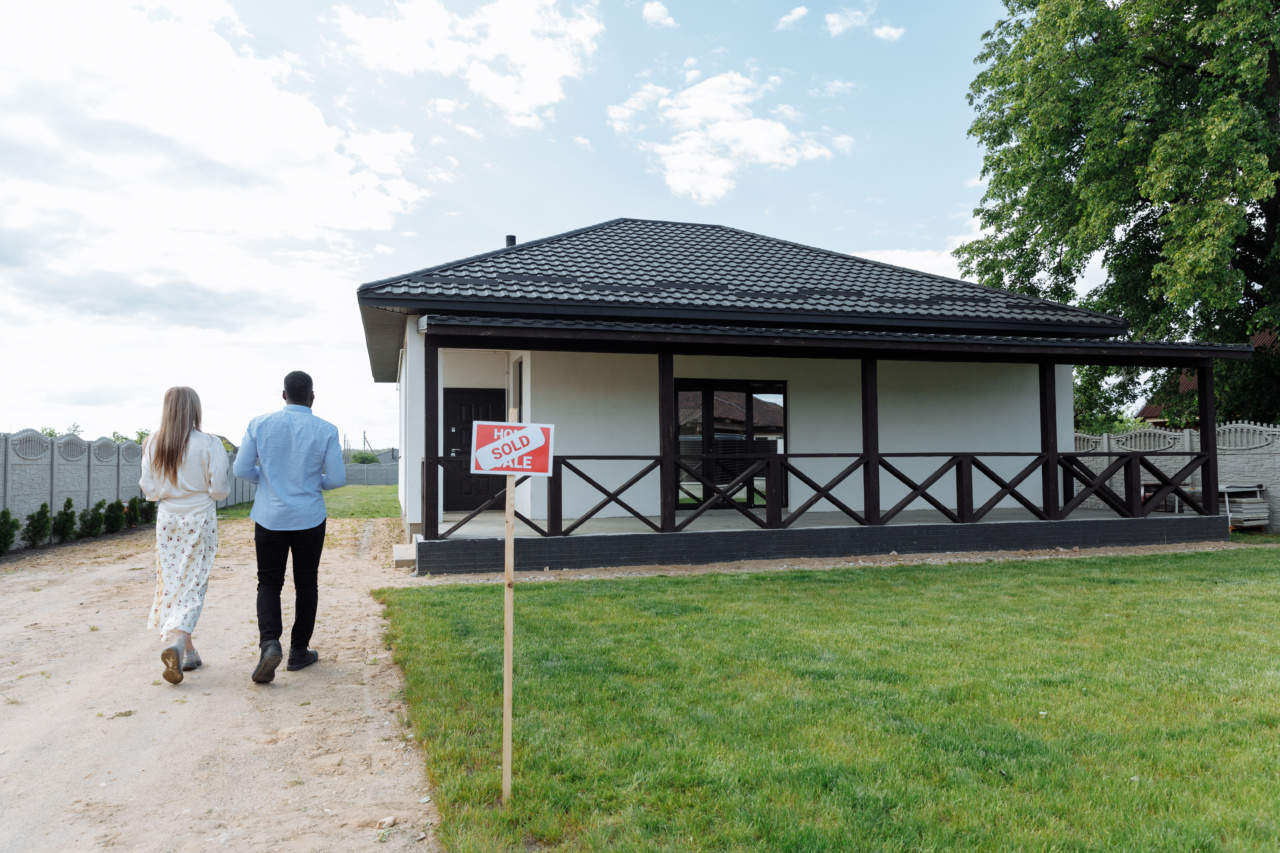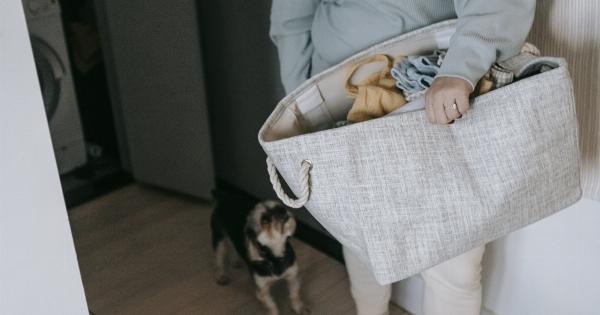Adopting a shelter pup is an exciting and rewarding experience. You’re giving a loving home to a deserving animal and providing them with a second chance at a happy life.
However, it’s important to remember that your new furry friend may have had a rough past and might need some time to adjust to their new surroundings.
Prepare Your Home Before the Arrival
Prior to bringing your shelter pup home, it’s crucial to create a welcoming and safe environment. Here are some steps you can take to ensure a smooth transition:.
1. Choose a Dedicated Space
Designate a specific area in your home that will serve as your pup’s own personal space. This spot can be a small room, a corner of a larger room, or even a crate, depending on your pup’s needs.
Make sure it’s comfortable, secure, and easily accessible.
2. Puppy-Proof the Area
Take a look around the designated space and remove any potentially hazardous items. Secure electrical cords, block off areas with toxic plants, and move any valuable or fragile items out of your pup’s reach.
Ensure that the space is completely safe for your new pup to explore.
3. Provide Essentials
Make sure your shelter pup has all the essentials they need upon arrival. This includes food and water bowls, a comfortable bed or blanket, appropriate toys, and potentially a crate, if you plan on crate training.
Having these items ready will help your pup settle in more quickly.
4. Set Up a Bathroom Area
Establishing a designated bathroom area for your shelter pup is crucial for potty training. Whether it’s a specific spot in your backyard or a pee pad indoors, have it ready before your pup comes home.
This will help them understand where they should go to relieve themselves.
Make the First Meeting Memorable
Once you have your home prepared, it’s time to bring your shelter pup home. The first meeting is crucial in setting the tone for their overall experience. Take the following steps to ensure a positive introduction:.
1. Be Patient
Remember that your shelter pup might be feeling anxious or overwhelmed. Be patient as they adjust to their new surroundings and don’t rush the process. Allow them to explore at their own pace while providing reassurance and support.
2. Keep It Calm
Try to keep the environment as calm and quiet as possible during the initial introduction. Avoid inviting too many guests or overwhelming your pup with excessive noise. This will allow them to focus on adapting to their new home.
3. Introduce Family Members Slowly
If there are other family members in the house, it’s important to introduce them to your shelter pup gradually. Start with one person at a time and let your pup approach them willingly.
This will help build trust and ensure a more comfortable transition.
Establish a Routine
Creating a routine for your shelter pup will help them adjust and feel secure in their new home. Dogs thrive on consistency and knowing what to expect. Here are some tips for establishing a routine:.
1. Set Regular Feeding Times
Work out a feeding schedule that suits you and your pup. Stick to specific times for meals and ensure that everyone in the household is aware of the routine. This will help regulate your pup’s digestion and also assist in potty training.
2. Designate Walk Times
Regular exercise and walks are essential for your shelter pup’s physical and mental well-being. Set aside specific times for walks and make sure they are getting enough exercise each day. A tired pup is a well-behaved pup.
3. Plan Training Sessions
Training is not only important for your pup’s behavior but also helps establish boundaries and strengthen the bond between you. Set aside regular training sessions to work on basic commands and socialization skills.
Positive reinforcement is key in making these sessions enjoyable for both you and your pup.
Provide Socialization Opportunities
Socialization is crucial for shelter pups, especially if they had limited exposure to different environments and situations before. Take the following steps to help your pup become more comfortable and confident in social settings:.
1. Start With Familiar Faces
Invite friends and family members over to meet your new pup. Make sure these individuals are animal lovers and understand the importance of a slow introduction.
Positive interactions with people your pup will regularly encounter will help build trust and confidence.
2. Arrange Playdates
Once your pup has had some time to adjust, consider setting up playdates with other dogs. This will help them learn proper social skills like appropriate play behavior and canine body language.
Start with dogs who are known to be friendly and well-behaved.
3. Explore New Environments
Gradually introduce your shelter pup to new places, such as parks, pet-friendly stores, or outdoor cafes. Expose them to different sounds, smells, and sights to broaden their socialization experiences.
Always ensure their safety and comfort during these outings.
Monitor Your Pup’s Progress
Pay attention to your shelter pup’s behavior and progress as they settle into their new home. Keep an eye out for any signs of distress, fear, or anxiety.
If you notice any concerning behaviors, such as excessive barking, aggression, or withdrawal, consult a professional dog trainer or behaviorist for guidance.
Provide Love and Patience
Lastly, remember that your shelter pup needs love, patience, and understanding as they transition into their new home. They may have had a challenging past, but with your care and guidance, they can begin to trust and thrive in their new environment.
Conclusion
Bringing a shelter pup into your home is a wonderful and fulfilling experience.
By taking the time to prepare your space, make a memorable first meeting, establish a routine, provide socialization opportunities, and monitor your pup’s progress, you can help ensure a smooth transition for your new furry friend. Remember that patience, love, and understanding are key to nurturing a strong bond with your shelter pup that will last a lifetime.






























